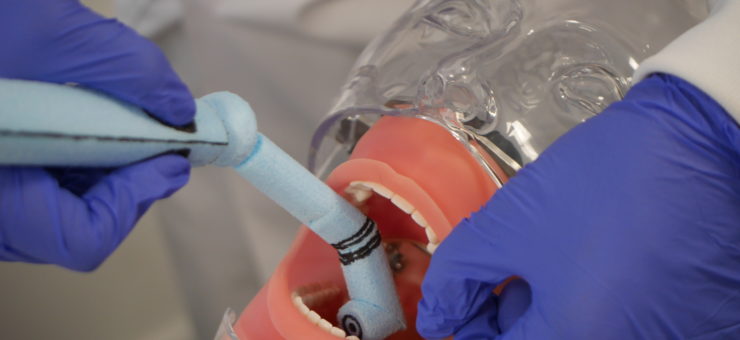Is medical device usability a passing fad?
1 August 2013
There is huge and growing interest in medical device usability – one only has to look at the recruitment sections of major medical device, pharmaceutical and consultancy companies to see the demand.
The fervour has been increased to a fever pitch by the FDA Guidance on Human Factors which is expected soon. The draft guidance was released in June 2011 and the FDA Human Factors team has had an overwhelming amount of industry feedback to consider before releasing their final guidance.
The FDA wants manufacturers to conduct usability engineering to improve the usability of devices to reduce use errors, injuries from medical devices, and product recalls. The FDA believes that its guidance will help control current risks and reduce future risks associated with device use.
There are potential benefits additional to the regulatory requirements, such as:
- Maximised adherence to the treatment regime.
- Maximised user preference and loyalty.
- Improved brand image.
- Minimised use-risk errors. This is the primary concern of the regulatory authorities.
- Minimised training requirements.
- Reduced adverse events, returns, recalls and support costs.
- Minimised time to market and development costs due to reduced redesign and recalls.
So is usability engineering a passing fad, or is it here to stay?
When a product is not approved due to usability concerns
There are some companies that see usability engineering as ‘just another regulatory hurdle’. They are inclined to leave the start of the usability process as late as possible, and presume that the regulatory authorities will be satisfied as long as they show a summative study. However, the American and European regulatory authorities see usability as a process to be implemented throughout development, not as a test to be conducted at the end. The FDA guidance explicitly says. ‘Human Factors Engineering/Usability Engineering considerations and approaches should be incorporated into device design, development and risk management processes’.
Therefore it is only a matter of time before a pre-market application is rejected on the grounds that the usability engineering process was lacking. At this point, there will surely be renewed interest in demonstrating robust usability engineering processes, and consultancies will be there to provide them.
Usability is not a regulatory hurdle
There is one somewhat concerning trend that may damage the long-term reputation of usability engineering: many pharmaceutical companies are creating usability teams under the reporting line of the regulatory compliance head rather than the device engineering head. If usability reports to compliance, there is the impression, if not the fact, that usability is seen as a regulatory hurdle, rather than the opportunity to create better products.
If this continues, usability engineering will not live up to its potential and will be marginalised.
The usability resourcing challenge
The shortage of experienced medical device usability experts had led many major companies to outsource their usability studies, or the whole usability engineering process, to consultancies.
Some device manufacturers and pharmaceutical companies outsource device development work as a matter of strategy and so consultancies may expect a continued stream of work from them.
Other companies intend to bring core skills in house. Over time, perhaps by late 2014, they will recruit suitable usability experts and so will rely on consultancies less, or not at all. Therefore, one might conclude that the current ‘frenzy’ of usability work being outsourced to consultancies will diminish substantially.
Even where a company creates their own usability team, there could be advantages to involving external experts, for example to add specialist skills, for independent reviews, or simply to cope with spikes in demand.
Usability over the long term
There is no doubt that usability engineering is here to stay in one form or another. Whether the work is outsourced depends largely on the pharmaceutical and medical device companies’ appetite for, and competence in, conducting usability engineering in-house.
If pharma and device companies organise their usability personnel under the compliance department, rather than the research and development department, they risk failing to realise the many benefits usability engineering has to offer.
If you have found this article interesting, or wish to share your views, please use the comment form below – we’d love to hear from you.
Full disclosure: the author has led usability projects for international pharmaceutical and medical device companies.


